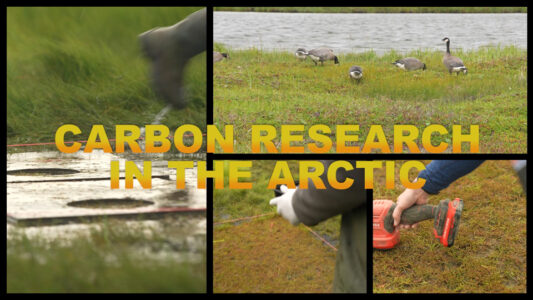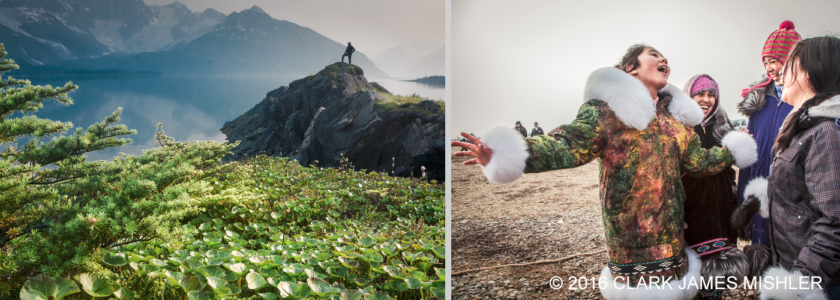
Liz O’Connell for Frontier Scientists –
Fairbanks, Alaska, November 6, 2012 – The Arctic Region Supercomputing Center at the University of Alaska Fairbanks has a new CRAY Supercomputer Called FISH. As ARSC transitions from a centralized machine to a strategically upgradeable hybrid system, they advance scientific discovery. It is a large scale upgrade to benefit research. Scientists who use this up-to-date technology to drive their projects undertake space physics, aurora borealis, climate modeling, oceanographic circulation models, sea-ice models, ecological modeling, and hydrological modeling.
The image shown above is a simulation of the oceans’ response to storms.
One researcher tracks the development of strong currents on the surface of the sun. Those movements affect magnetic fields in the solar corona which extend into space. Solar activity can affect our technology here on earth.
Arctic sea ice cover retreats and grows yearly. Working with atmospheric models, she determines how much heat enters and leaves the system. This can help us understand trends in arctic ice cover, explain the new sea ice minimum, and predict future ice cover.
Another researcher decompresses data sent by the Mars rover and recreates images of Mars with less error, allowing for better gain of scientific data.
With more and faster processors, researchers can continually run code that allows them to model climate systems and much more. FISH represents a large scale upgrade to benefit research and the University of Alaska’s continued dedication to scientific data. Better science under one system.
Attending SC12 Supercomputing conference in Salt Lake City, Utah, November 10-16, 2012? You can find some of these Supercomputing videos at the CRAY station in the AMD booth.
Since the April 2011 web launch, Frontier Scientists continues to share first person accounts and real time insights from leading archaeologists, grizzly bear biologists, volcano researchers, climate change specialists and other scientists.
Fascinating current scientific discoveries in some of the Arctic’s most remote and dramatic landscapes are chronicled in short videos, Twitter feeds, blogs and web reports. The research covers these categories:
- Unmanned Aircraft Research
- Grizzlies
- Petroglyphs
- Paleo-Eskimo History
- Cook Inlet Volcanoes
- Alutiiq Weavers
- Climate Change Watch
- Arctic Winter Cruise
- Arctic Archaeology
- Computational Science
- Modeling Arctic Waters
- Permafrost
- Where Is Lake El’Gygytgyn?
- the Arctic’s Amazing Birds
“We want to let travelers, teachers, students, aspiring scientists, and anyone else interested in science feel as if they are with scientists as they track grizzlies or take the temperature of permafrost in a borehole,” explained Liz O’Connell, video director for Frontier Scientists. Visitors to Frontier Scientists can ask questions to our scientists directly; follow some of them on Twitter and Facebook, and converse with scientists on their blogs.
Frontier Scientists is funded by the National Science Foundation, with additional support from the National Park Service and 360 Degrees North. Follow us!














